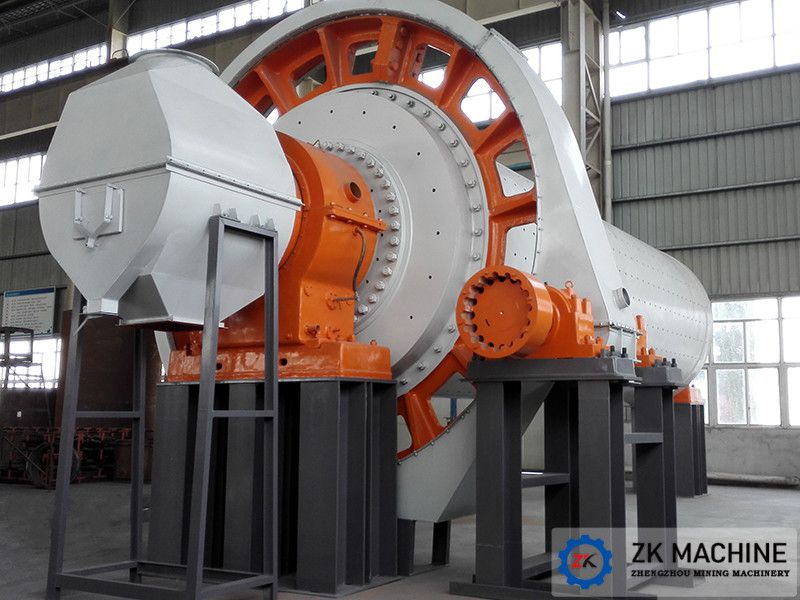- +8618937185591
- +8618937185591
- ec19@zkcorp.com
- +8618937185591


The inner surface of the ball mill barrel is generally equipped with lining plates of various shapes. Lining board is the main vulnerable part of ball mill, and the installation of lining board will directly affect the performance of ball mill.
1. Installation of lining plate between back-end lining plate and cylinder end cover should be filled with cement mortar. The bolts of the fixed end liner shall not be filled with cement mortar, but shall be able to rotate or enter or exit.
2. The lining board is generally directional. You must pay attention to it during installation and do not install it backwards.
3. The arc length of all circumferential gaps shall not exceed 310mm, and the places exceeding shall be wedged with steel plates to cut them off.
4. The gap between adjacent lining plates is not more than 10mm.
5. Interlayer shall be laid between lining plate and inner surface of cylinder according to design requirements. Cement mortar can also be filled between the two, and it should be filled as much as possible. The surplus part should be squeezed out by the solid liner bolt, and the liner Bolt should be fastened again after the cement mortar solidifies.
3~4 weeks before installation, open the rolled rubber plate to make it stretch freely; When using the rubber plate, the long side of the rubber plate should follow the axial direction of the cylinder, and the short side should follow the circular direction of the cylinder.
7, should carefully check the lining bolt hole and lining Bolt geometry, carefully clean the lining bolt hole and lining bolt on the flying edge, Burr, protrusion, so that the Bolt can freely penetrate into the required position.
8. The whole set of liner bolts should consist of bolts, dust-proof washers (usually rubber washers), flat washers, spring washers and nuts; In order to prevent ash leakage, do not forget to use dust-proof pads when using.
9. Torque wrench should be used to tighten the lining bolts, and the lining bolts of different specifications should be tightened according to the corresponding tightening torque requirements.